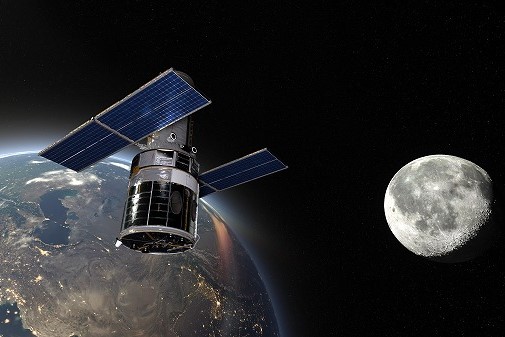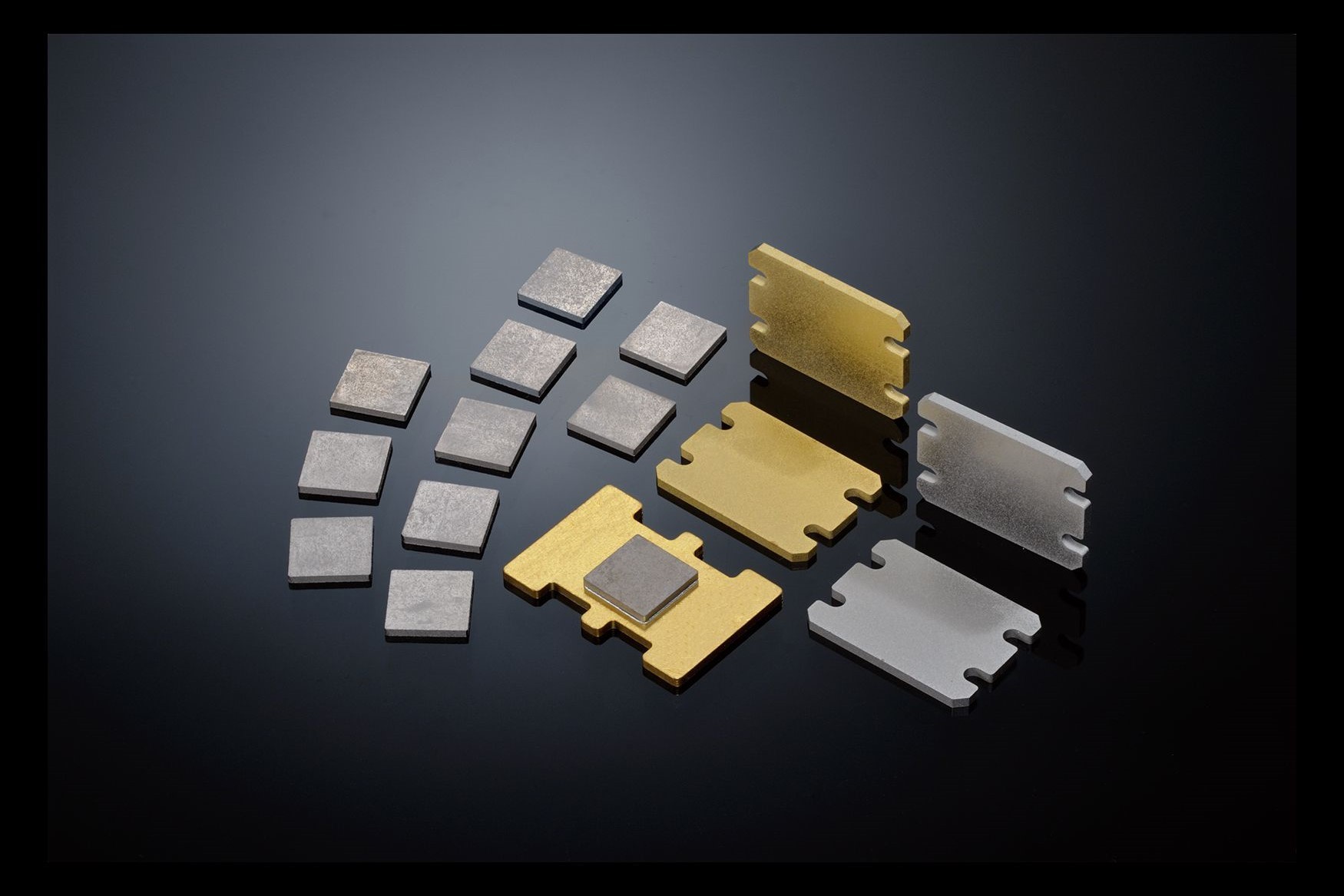
We are surrounded by a variety of telecommunication equipment. "Communication" is indispensable for our lives, including smartphones, PCs and TVs. This time, we are talking about the satellites that support our "communications" and the heatspreaders (heat-dissipating substrate materials) that support them.
TABLE OF CONTENTS
1. What is an artificial satellite?
We will let you explain the mechanism referring to an artificial satellite for satellite communication. Satellite communication is a communication system that sends radio waves from the ground toward an artificial satellite in orbit of about 36,000km above the equator, amplifies the radio waves by an artificial satellite, and sends them to the destination (ground). This system allows radio waves to emit to a place where radio waves do not reach somewhat on the ground, such as on a ship or on the crest of a mountain.
Currently, more than 7500 satellites are active around the earth. We can communicate anywhere on the earth because we have satellites.

2. heatspreaders for satellites? Why are they needed?
Then, how are artificial satellites and our heatspreaders (heat-dissipating substrate materials) involved?
In fact, the heatspreader is mounted on a satellites and ground transceivers that receive their radio waves.
As you may already know, the heatspreader has a function to dissipate heat from semiconductor devices that generate heat in the transceiver. The size of the heatspreader used for satellites and ground transceivers is small, such as 3 cm x 2 cm, each with one or more heatspreaders.
Artificial satellites and transceivers that receive their radio waves are constantly communicating over a wide range 24 hours a day, so they generate a lot of thermal energy. A heatspreader is used to efficiently dissipate the heat energy generated.
In addition to satellites, ground-based transceivers are mostly used in locations where repair or replacement is difficult. Therefore, these devices are required to have high reliability so that they can operate stably for a long period of time.
If the heatspreader is not in use, the heat energy generated will accumulate and the equipment itself will be broken down.
Although copper heatspreaders with high thermal conductivity are generally used for satellites and transceivers, the reliability of copper has been regarded as a problem in recent years, and more high-performance heatspreaders such as silver diamond heatspreaders have attracted attention. This is because the thermal conductivity is higher than that of copper, and the compatibility of thermal expansion with the surrounding material is evaluated to be better than that of copper.

3. Summary
We are able to live a casual life of watching TV and making phone calls on mobile phones thanks to the hard work of the satellites. Artificial satellites also support long-distance transportation systems such as aircraft and ships. We would like you to remember that the heatspreader is active behind it.
If you are interested in the next generation heatspreader including silver diamond, please click the button below.
[ Writing K ]
